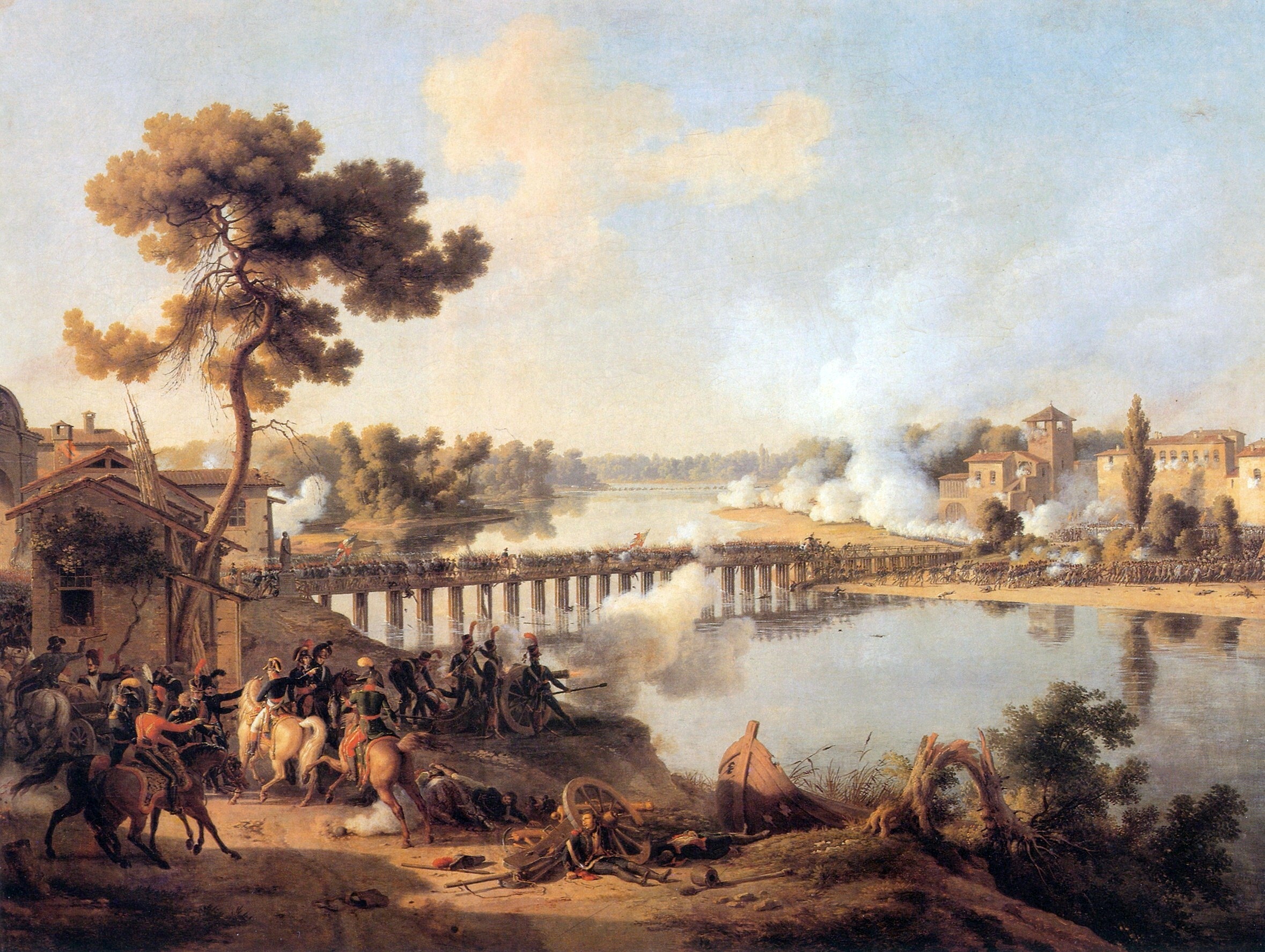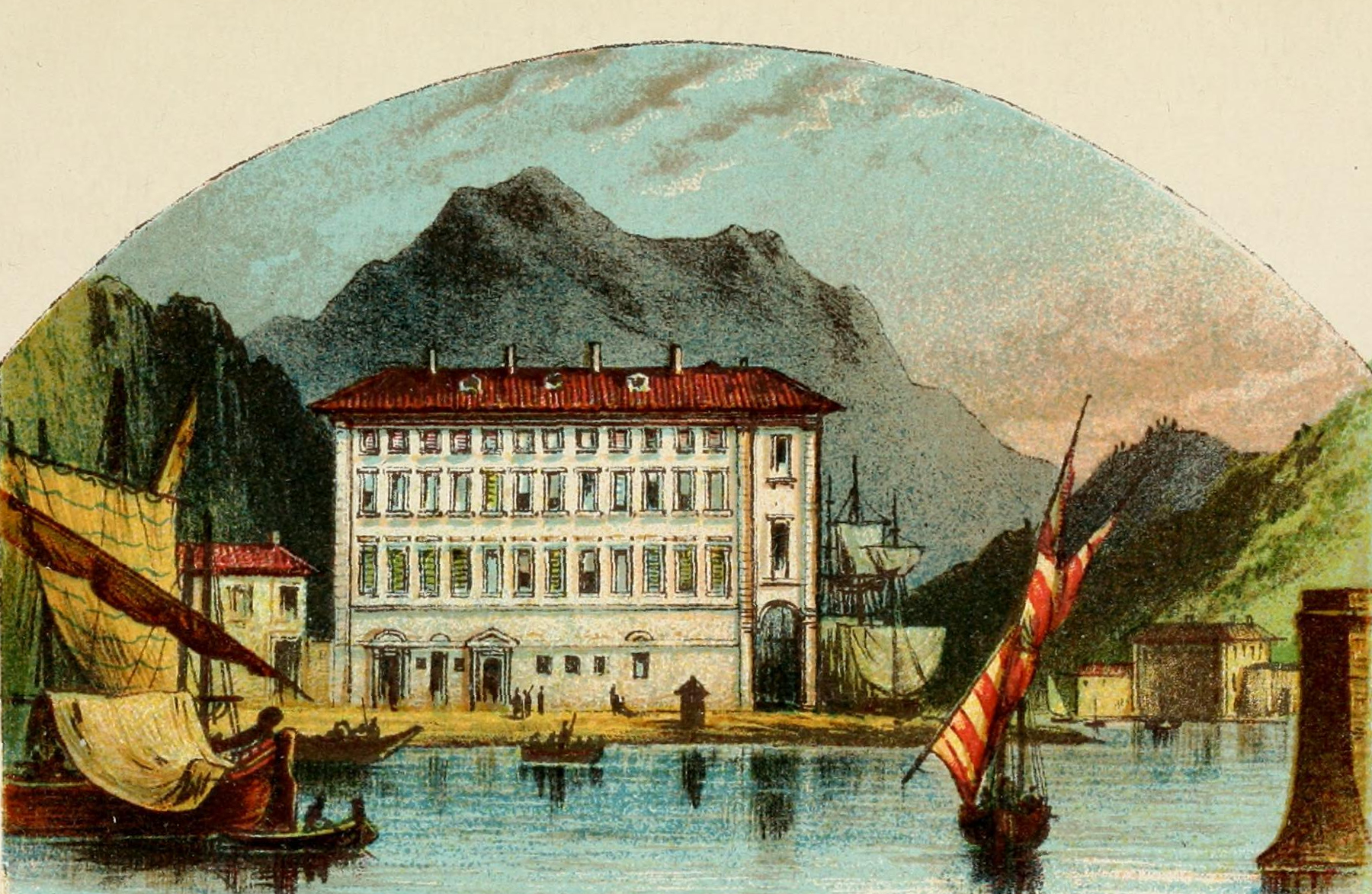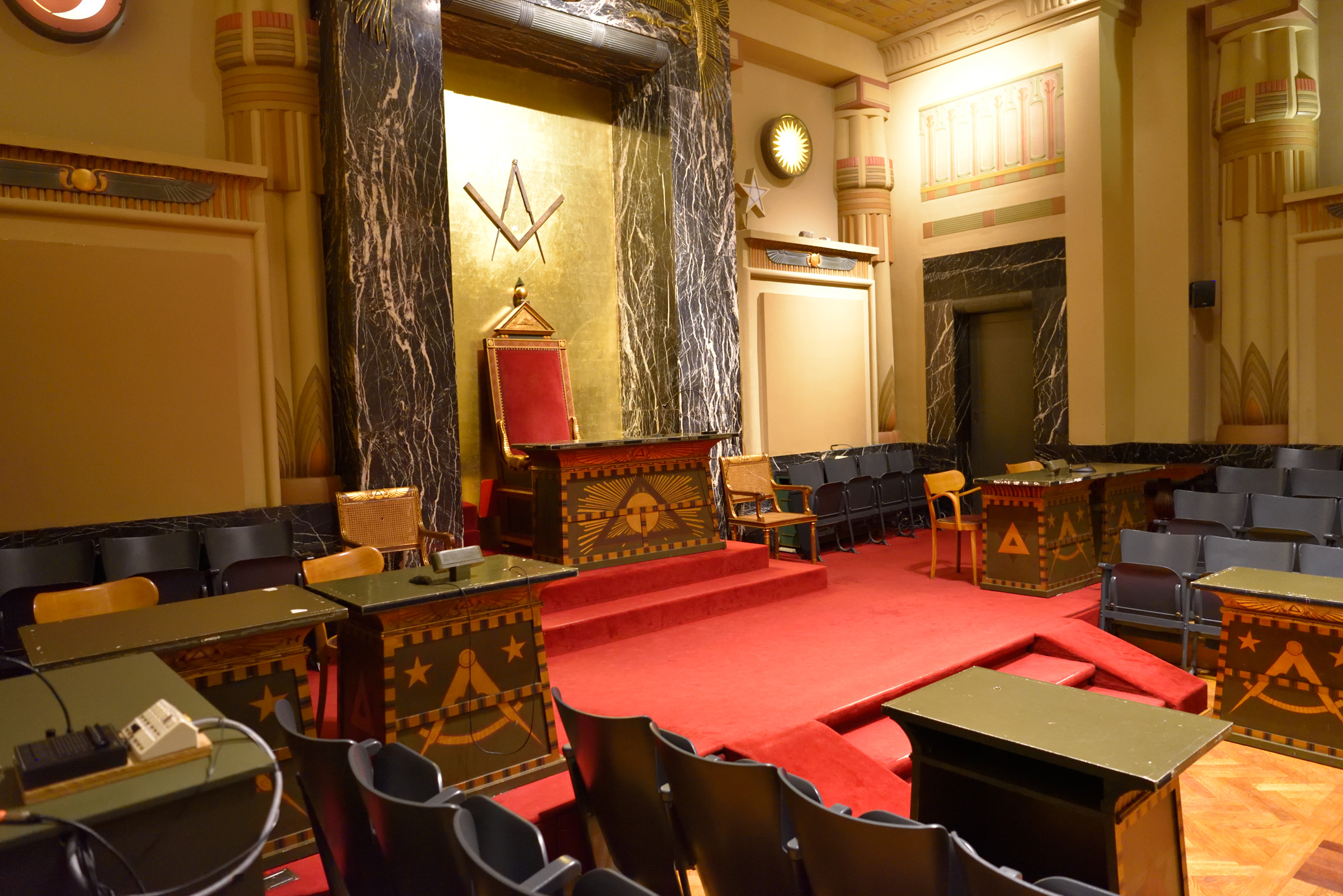|
Enrico Bignami
Enrico Bignami was an Italian merchant, and the editor of La Plebe, a socialist newspaper. Enrico Bignami was born in Lodi, Lombardy, on 3 December 1844. He came from a poor family. In 1866 and 1867 he fought with Giuseppe Garibaldi. He founded ''La Plebe'' in Lodi in 1868 to promote Giuseppe Mazzini's ideas, financing the paper from his import business. The first issue appeared on 4 July 1868. At first it was published bi-weekly, although during the following years it appeared more or less frequently. The paper would last until 1883, despite seizures of issues and several arrests of the editor. It gave continuity from the left wing of the ''Risorgimento'' to the post-unification labor movement and the later elaboration of socialist ideology in northern Italy. Until the early 1870s ''La Plebe'' took a mainstream democratic position. However ''La Plebe'' was critical of the institutions ruling the new state of Italy, which it saw as opposed to the ideals of the ''Risorgimento''. ... [...More Info...] [...Related Items...] OR: [Wikipedia] [Google] [Baidu] |
Lodi, Lombardy
Lodi ( , ; Ludesan: ) is a city and ''comune'' in Lombardy, northern Italy, primarily on the western bank of the River Adda. It is the capital of the province of Lodi. History Lodi was a Celtic village; in Roman times it was called, in Latin, Laus Pompeia (probably in honour of the consul Gnaeus Pompeius Strabo) and was known also because its position allowed many Gauls of ''Gallia Cisalpina'' to obtain Roman citizenship. It was in an important position where a vital Roman road crossed the River Adda. Lodi became the see of a diocese in the 3rd century. Saint Bassianus (San Bassiano) is the patron saint of the town. A free commune around 1000, it fiercely resisted the Milanese, who destroyed it in 1111. The old town corresponds to the modern Lodi Vecchio. Frederick Barbarossa rebuilt it on its current location in 1158. From 1220, the ''Lodigiani'' (inhabitants of Lodi) spent decades in constructing a system of miles of artificial rivers and channels (called ''Consorzio di M ... [...More Info...] [...Related Items...] OR: [Wikipedia] [Google] [Baidu] |
Lugano
Lugano (, , ; lmo, label=Ticinese dialect, Ticinese, Lugan ) is a city and municipality in Switzerland, part of the Lugano District in the canton of Ticino. It is the largest city of both Ticino and the Italian-speaking southern Switzerland. Lugano has a population () of , and an urban agglomeration of over 150,000. It is the List of cities in Switzerland, ninth largest Swiss city. The city lies on Lake Lugano, at its largest width, and, together with the adjacent town of Paradiso, Switzerland, Paradiso, occupies the entire bay of Lugano. The territory of the municipality encompasses a much larger region on both sides of the lake, with numerous isolated villages. The region of Lugano is surrounded by the Lugano Prealps, the latter extending on most of the Sottoceneri region, the southernmost part of Ticino and Switzerland. Both western and eastern parts of the municipality share an international border with Italy. Described as a market town since 984, Lugano was the object of con ... [...More Info...] [...Related Items...] OR: [Wikipedia] [Google] [Baidu] |
La Plebe (newspaper)
''La Plebe'' (''The Worker'') was an Italian newspaper that was published in Lodi from 1868 to 1875, then in Milan from 1875 to 1883. The editor was Enrico Bignami. Mazzinist journal Enrico Bignami founded ''La Plebe'' in Lodi in 1868 to promoted Giuseppe Mazzini's ideas, financing the paper from his import business. The first issue appeared on 4 July 1868. At first it was published bi-weekly, although for periods during the years that followed it appeared more or less frequently. The paper would last until 1883, despite seizures of issues and several arrests of the editor. It gave continuity from the left wing of the ''Risorgimento'' to the post-unification labor movement and the later elaboration of socialist ideology in northern Italy. Until the early 1870s ''La Plebe'' took a mainstream democratic position. However ''La Plebe'' was critical of the institutions ruling the new state of Italy, which it saw as opposed to the ideals of the ''Risorgimento''. On 11 August 1868, an ... [...More Info...] [...Related Items...] OR: [Wikipedia] [Google] [Baidu] |
Giuseppe Garibaldi
Giuseppe Maria Garibaldi ( , ;In his native Ligurian language, he is known as ''Gioxeppe Gaibado''. In his particular Niçard dialect of Ligurian, he was known as ''Jousé'' or ''Josep''. 4 July 1807 – 2 June 1882) was an Italian general, patriot, revolutionary and republican. He contributed to Italian unification and the creation of the Kingdom of Italy. He is considered one of the greatest generals of modern times and one of Italy's " fathers of the fatherland", along with Camillo Benso, Count of Cavour, Victor Emmanuel II of Italy and Giuseppe Mazzini. Garibaldi is also known as the "''Hero of the Two Worlds''" because of his military enterprises in South America and Europe. Garibaldi was a follower of the Italian nationalist Mazzini and embraced the republican nationalism of the Young Italy movement. He became a supporter of Italian unification under a democratic republican government. However, breaking with Mazzini, he pragmatically allied himself with the monarchist Ca ... [...More Info...] [...Related Items...] OR: [Wikipedia] [Google] [Baidu] |
Giuseppe Mazzini
Giuseppe Mazzini (, , ; 22 June 1805 – 10 March 1872) was an Italian politician, journalist, and activist for the unification of Italy (Risorgimento) and spearhead of the Italian revolutionary movement. His efforts helped bring about the independent and unified Italy in place of the several separate states, many dominated by foreign powers, that existed until the 19th century. An Italian nationalist in the historical radical tradition and a proponent of social-democratic republicanism, Mazzini helped define the modern European movement for popular democracy in a republican state. Mazzini's thoughts had a very considerable influence on the Italian and European republican movements, in the Constitution of Italy, about Europeanism and more nuanced on many politicians of a later period, among them American president Woodrow Wilson and British prime minister David Lloyd George as well as post-colonial leaders such as Mahatma Gandhi, Veer Savarkar, Golda Meir, David Ben-Guri ... [...More Info...] [...Related Items...] OR: [Wikipedia] [Google] [Baidu] |
Risorgimento
The unification of Italy ( it, Unità d'Italia ), also known as the ''Risorgimento'' (, ; ), was the 19th-century political and social movement that resulted in the consolidation of different states of the Italian Peninsula into a single state in 1861, the Kingdom of Italy. Inspired by the rebellions in the 1820s and 1830s against the outcome of the Congress of Vienna, the unification process was precipitated by the Revolutions of 1848, and reached completion in 1871 after the Capture of Rome and its designation as the capital of the Kingdom of Italy. Some of the states that had been targeted for unification ('' terre irredente'') did not join the Kingdom of Italy until 1918 after Italy defeated Austria-Hungary in the First World War. For this reason, historians sometimes describe the unification period as continuing past 1871, including activities during the late 19th century and the First World War (1915–1918), and reaching completion only with the Armistice of Villa G ... [...More Info...] [...Related Items...] OR: [Wikipedia] [Google] [Baidu] |
Paris Commune
The Paris Commune (french: Commune de Paris, ) was a revolutionary government that seized power in Paris, the capital of France, from 18 March to 28 May 1871. During the Franco-Prussian War of 1870–71, the French National Guard had defended Paris, and working-class radicalism grew among its soldiers. Following the establishment of the Third Republic in September 1870 (under French chief executive Adolphe Thiers from February 1871) and the complete defeat of the French Army by the Germans by March 1871, soldiers of the National Guard seized control of the city on March 18. They killed two French army generals and refused to accept the authority of the Third Republic, instead attempting to establish an independent government. The Commune governed Paris for two months, establishing policies that tended toward a progressive, anti-religious system of social democracy, including the separation of church and state, self-policing, the remission of rent, the abolition of child l ... [...More Info...] [...Related Items...] OR: [Wikipedia] [Google] [Baidu] |
Osvaldo Gnocchi-Viani
Osvaldo Gnocchi-Viani (26 August 1837 – 8 January 1917) was an Italian journalist and a member of the First International. Later he entered mainstream democratic politics as a Socialist. He is known for his work in introducing chambers of labor into Italy. Early years Osvaldo Gnocchi-Viani was born in Ostiglia, Mantua, Italy on August 26, 1837. His parents were Giuseppe Gnocchi and Teresa Viani. He attended secondary school in Mantua, then was admitted to the faculty of law at the University of Padua. In 1859 he joined Giuseppe Mazzini's movement for Italian unification. He was prosecuted for taking part in an anti-Austrian demonstration and took refuge in Pavia, where he obtained a degree in law in March 1861. Gnocchi-Viani became a journalist, and worked for the Mazzini papers ''L'Unità italiana'' (Italian Unity) and ''IlDovere di Genova'' (The Duty of Genoa). In 1863 he moved to Genoa. Between 1868 and 1870 he took over direction of ''IlDovere di Genova''. Gnocchi-Vian ... [...More Info...] [...Related Items...] OR: [Wikipedia] [Google] [Baidu] |
Grand Master (Masonic)
A Grand Master is a title of honour as well as an office in Freemasonry, given to a freemason elected to oversee a Masonic jurisdiction, derived from the office of Grand Masters in chivalric orders. He presides over a Grand Lodge and has certain rights in the constituent Lodges that form his jurisdiction. In most, but not all cases, the Grand Master is styled "Most Worshipful Grand Master." One example of a differing title exists in the Grand Lodge of Pennsylvania, where the Grand Master is titled "Right Worshipful". Under the Grand Lodge of Scotland, the role is titled "Grand Master Mason". Deputies Just as the Worshipful Master of a Lodge annually appoints lodge officers to assist him, so the Grand Master of each Grand Lodge annually appoints Grand Lodge officers to assist him in his work. Grand Lodges often elect or appoint Deputy Grand Masters (sometimes also known as District Deputy Grand Masters) who can act on behalf of the Grand Master when he is unable to do so. In ... [...More Info...] [...Related Items...] OR: [Wikipedia] [Google] [Baidu] |
Scottish Rite
The Ancient and Accepted Scottish Rite of Freemasonry (the Northern Masonic Jurisdiction in the United States often omits the ''and'', while the English Constitution in the United Kingdom omits the ''Scottish''), commonly known as simply the Scottish Rite (or, in England and Australia, as the Rose Croix although this is only one of its degrees), is one of several Rites of Freemasonry. A Rite is a progressive series of degrees conferred by various Masonic organizations or bodies, each of which operates under the control of its own central authority. In the Scottish Rite the central authority is called a Supreme Council. The Scottish Rite is one of the appendant bodies of Freemasonry that a Master Mason may join for further exposure to the principles of Freemasonry. It is also concordant, in that some of its degrees relate to the degrees of Symbolic (Craft) Freemasonry. In England and some other countries, while the Scottish Rite is not accorded official recognition by the Grand ... [...More Info...] [...Related Items...] OR: [Wikipedia] [Google] [Baidu] |
Masonic Lodge
A Masonic lodge, often termed a private lodge or constituent lodge, is the basic organisational unit of Freemasonry. It is also commonly used as a term for a building in which such a unit meets. Every new lodge must be warranted or chartered by a Grand Lodge, but is subject to its direction only in enforcing the published constitution of the jurisdiction. By exception the three surviving lodges that formed the world's first known grand lodge in London (now merged into the United Grand Lodge of England) have the unique privilege to operate as ''time immemorial'', i.e., without such warrant; only one other lodge operates without a warrant – the Grand Stewards' Lodge in London, although it is not also entitled to the "time immemorial" title. A Freemason is generally entitled to visit any lodge in any jurisdiction (i.e., under any Grand Lodge) in amity with his own. In some jurisdictions this privilege is restricted to Master Masons (that is, Freemasons who have attained the ... [...More Info...] [...Related Items...] OR: [Wikipedia] [Google] [Baidu] |
Grand Orient Of Italy
The Grand Orient of Italy (GOI) ( it, Grande Oriente d'Italia) is an Italian masonic grand lodge founded in 1805; the viceroy Eugene of Beauharnais was instrumental in its establishment. It was based at the Palazzo Giustiniani, Rome, Italy from 1901 until 1985 and is now located at the . Its current Grand Master is Italian journalist Stefano Bisi. the Grand Orient had 22,675 members in 842 lodges, a significant growth over the preceding three-year period. The international influence of the Grand Orient has decreased since it lost the official recognition of the "Home Grand Lodges" (of England, Ireland, and Scotland) owing to alleged corruption, although it remains regular in government and practice. History The Grand Orient of Italy was founded in 1805, during the Napoleonic Kingdom of Italy; the viceroy Eugene of Beauharnais was instrumental in its establishment. Past Grand Masters have included: *Giuseppe Garibaldi, *Adriano Lemmi, 1885–96 *Sculptor Ettore Ferrar ... [...More Info...] [...Related Items...] OR: [Wikipedia] [Google] [Baidu] |





